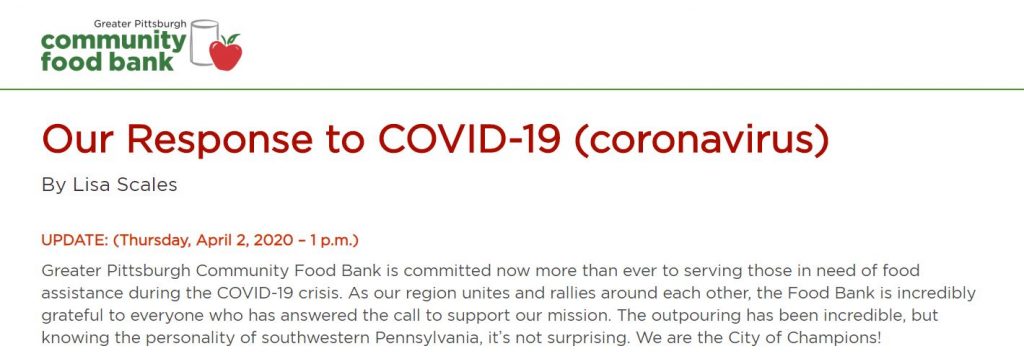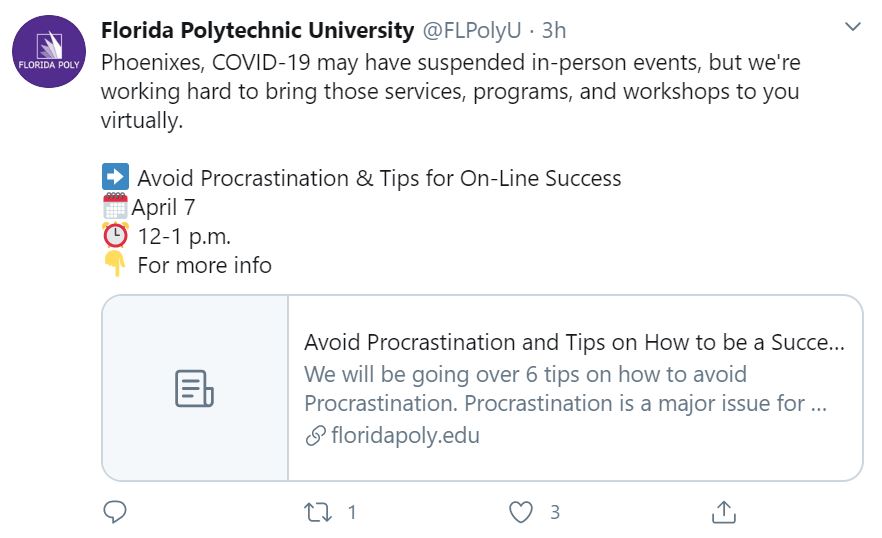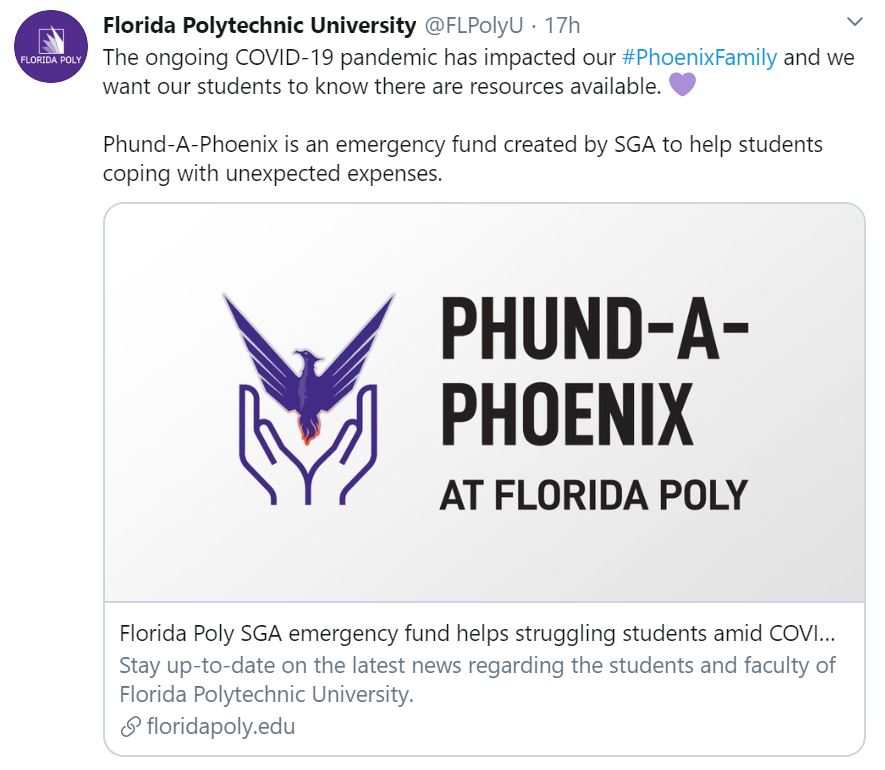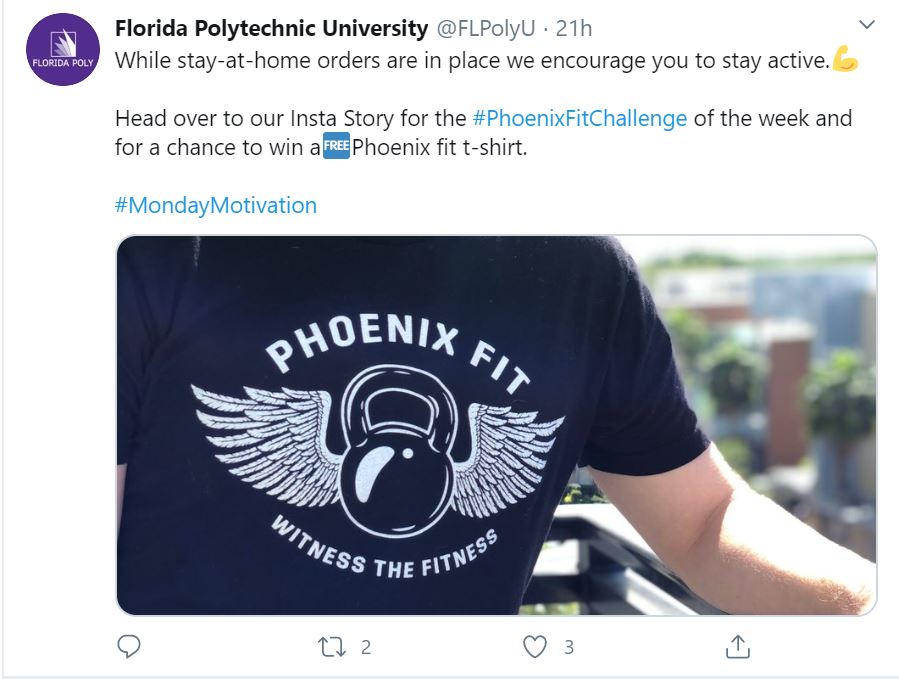The coronavirus has put the world in place of uncertainty—and uncertainty is scary. As a type A perfectionist I love predictability. But as a PR professional whose job description includes crisis communications, I recognize the one thing I can control during this time…the story I tell. My company’s story. You may feel like you and your nonprofit cannot control a lot right now, but I want you to take comfort in what you can control. Your story.
Your supporters still care about your nonprofit. The hours they’ve volunteered and the donations they’ve made haven’t vanished from their memory. Now isn’t the time for silence—it’s the time to communicate with your supporters and community.
Keep reading to learn how and why you should communicate with your supporters during this time.
Tell your story before someone else does—don’t leave time for speculation.
For any event that disrupts the day-to-day operations and perception of an organization (a crisis), there are two courses of action you can take. You can communicate with your customers/supporters about the event… or not.
By remaining silent, you give others the floor. Instead of being the one to answer the question, “What are they doing with donations right now?” or, “How are they ensuring the safety of those they serve?” you leave a blank space others can fill in with what they think your organization is doing. That makes me shiver. Silence leaves room for speculation—so don’t be silent regarding something everyone is thinking and talking about!
Take control of your nonprofit’s story and make sure those who have donated and given their time to your nonprofit know how you’re responding to the coronavirus. Take control of your story.

Greater Pittsburgh Community Food Bank has a blog where they regularly update supporters and volunteers on how they’re handling COVID-19. This blog starts by offering an uplifting message of thanks and then dives into how the food bank is addressing the crisis and how people can support them during this time.
Don’t ignore the elephant in the room. This isn’t business as usual for anyone.
The coronavirus has changed a lot for all Americans. It’s on the news daily, it’s impacting our family members, it’s left millions furloughed and without work. Not mentioning the virus and how it might be impacting your supporters (and your nonprofit!) makes your organization sound tone-deaf.
Check all your automated communications (social media posts, direct mail schedule, items at the printer, e-v-e-r-y-t-h-i-n-g). Now isn’t the time to send out bequest information, appeals that reference students on campus, promote an upcoming in-person/physical event, or ask for groups of volunteers to come visit your nonprofit.
Your communication should be realistic and in touch with what’s going on in the world right now. This conveys responsibility, sensibility, and maturity to your supporters. Make sure the communications you send out reflect the standards set by the Centers for Disease Control.



These three tweets by Florida Polytechnic University show how the college is addressing the COVID-19 pandemic in different ways. They’re promoting virtual events, a fundraising campaign in response to COVID-19 student needs, and still participating in social media challenges while being mindful of social distancing. They aren’t ignoring current events, but they are pivoting their content to reflect current events.
Be empathetic and show your heart.
If your nonprofit is still reaching out to supporters and addressing how you’re handling the coronavirus you’ve tackled the most important aspect of crisis communication. The next step? Show your heart. This sounds (admittedly) cheesy but it’s important for your supporters to feel like you care about them.
If you’re asking for donations or that your volunteers follow certain procedures during this time, be sensitive to the fact that all these people are going through their own hardships and stress. When you write appeals or call your donors try to create a connection between the person and your mission.

This commercial made by Publix Super Markets asks shoppers to remain calm and consider their “friends and neighbors” while shopping. Before asking shoppers to take certain steps, the narrator empathizes with the audience and acknowledges that this is a hard time. Empathizing with your audience and acknowledging a shared experience creates trust and builds receptiveness to your message.
Conclusion
Your nonprofit has a unique opportunity to communicate with donors and volunteers during this crisis. By being proactive, addressing the elephant in the room, and being empathetic, your outbound communications can help build trust in your nonprofit and ease any concerns your supporters may have.
For more COVID-19 resources check out our COVID-19 Resource Library.


